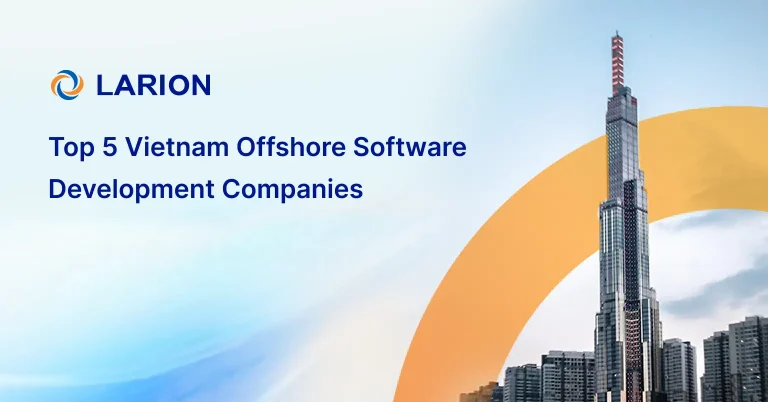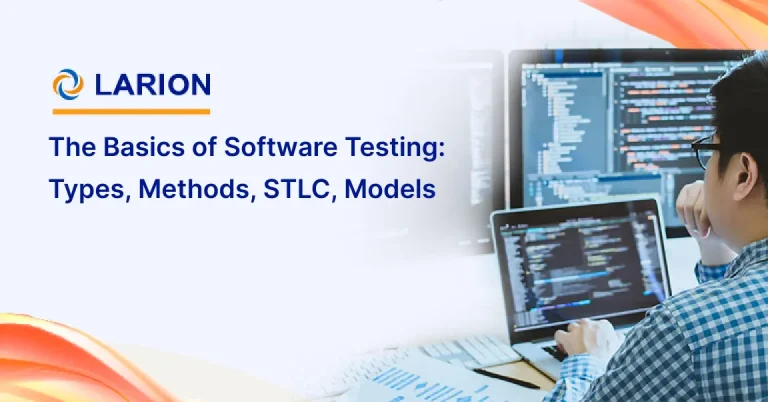Like I’ve talked about a bit in the past, the world is a different place for an SaaS startup than for a classical business startup. In some ways, it’s a lot easier, but in others, it’s a whole new can of worms altogether. When it all comes down to it, the level of overall challenge is about even with any other business, when you factor out variables based on purpose orientation and the like, as well as flux in a given industry at any given moment in the business ecosystem.
We’re not going to worry about all that fluff here beyond just accounting for slack in the unpredictability of business. What we’re going to focus on here is the secrets to having a successful SaaS startup, and compare this a little to the tried and true tenets of traditional startup strategies. You’ll see that it’s very different in some areas, but very similar in others. This is an interesting topic, so I hope that those wishing to launch new SaaS will find insight in how to succeed from what I say, while passing readers will at least gain some insight into how unique the world of SaaS, and that of digital business in general, really is. We can all learn something to day, including myself, who needs to learn to write shorter introductory sections.
Secret #1 – Location is not important!
This is one of the things where traditional startups and those in SaaS really differentiate highly. See, with a traditional startup, brick and mortar facilities are very important, because these locations are where customers will interact and utilize a service, or are locations where a service is produced, and shipped to be utilized elsewhere.
Even original online businesses which launched in the second half of the 1990s had to worry about this, due to the lack of cloud and dynamic communications for teams to work at great distances in real time. Brick and mortar locations needed to exist so all members of the team could work in a central office and coordinate.
With modern SaaS, this isn’t important. Teamwork-enabling cloud solutions and real time communication are commonplace in a variety of flavors making this not necessary. Since your product is digital, manufacturing and serving facilities needn’t be physical and centralized either. What matters is your host.
SaaS needs a powerful host with powerful servers, preferably cluster computing, or at least grid computing. This means that your host servers need good, modular computing power so that they can handle powerful processing, and many, many instances thereof in parallel. They also need immense bandwidth, at least ninety-nine percent uptime, and powerful database and web language support. These are your location and facilities. Fortunately, this isn’t prohibitively expensive now, but it’s where most of your venture capital is going to go for a good while.
Secret #2 – You need people, but the same kinds!
People are still important, but you don’t need the same initial kinds of people on your team that most businesses do. Of course, you need a core of brilliant programmers, because SaaS needs to be scalar from the start, unlike most software startups that worry about this down the road when they prove successful.
But, your needs also include web experts and UX experts right out of the gate, which most classical software startups don’t bother with until later. But, with web being the platform that runs your software, you had best be on top of design, form and function for a web mindset from the moment you put an idea down on paper.
Also, you need a special breed of marketing and business professional which can help you plan out an SaaS business model. Speaking of …
Secret #3 – Your business model is important much earlier on!
You need to choose a business model to base your SaaS startup around, almost from the beginning of development. Most startups worry about this in their beta phase, after taking some metrics on the fiscal mindset of their key demographics, but this isn’t the case for SaaS.
In SaaS, you need to plan for this at an early point, because there are a multitude of business models for SaaS. This is actually one of the things that makes SaaS great, but at the same time, it makes for tough decisions. You have to stick with this model for several years, barring utter failure from it.
This is why your personnel for marketing must be able to forecast the potential pitfalls and successes of these models in conjunction with your price points and demographics before you really have solid metrics. This is where many fail, so focus closely on this one. As time goes by, some general sciences and dynamics will evolve around this to make it easier, but sadly, for now this is a shot in the dark, so good luck and happy analyzing.
These are the three biggest secrets to consider if you’re an SaaS startup and you want to succeed. See, it’s a bit different from traditional models, mainly in priorities. Note that digital business makes special location a moot point? It’ll be interesting to see how that change evolves in other industries and aspects of life in the future, won’t it?
Link:





